Some theoretical aspects of the path of national economic development
To understand the remarkable development process of the Korean economy from the second half of the 20th century to the present, thereby suggesting some policy issues, it is necessary to first clarify some theoretical aspects of economic development closely related to both Vietnam and Korea.
Basically, the development of a national economy can go through 3 main stages. Stage 1 corresponds to the underdeveloped state of the economy, often accompanied by a backward historical and social context. At this time, an economy can fall into a poverty trap, causing prolonged poverty, causing many negative consequences. Stage 2 takes place after the economy has escaped the poverty trap. During this time, the market economy develops rapidly in the direction of transforming from an agricultural economy to an industrial economy, with an increasing proportion of the manufacturing and service sectors in total output and employment. Stage 3 corresponds to a strong rise and becoming a developed economy with high income. To achieve this breakthrough, economies need to continue to change their growth model, which requires the participation of many key factors related to total factor productivity. such as strong innovation in science and technology , improving the regulatory capacity of the state and management of enterprises,...
Growth type 1 is industrialization-led growth or capital-intensive growth. If an economy relies too much on this type of growth and fails to innovate to increase productivity, it may fall into growth type 2 , which means being stuck in a slow growth trap due to increasingly inefficient use of capital. Not considering growth type 3 (deindustrialization) because it has little relevance to Korea, growth type 4 is the direction to help economies avoid the slow growth trap and become developed economies according to the productivity-based growth model, in which the contribution of total factor productivity increases rapidly along with efficient use of capital to create balanced and sustainable growth for the economy (1) .
In theory, after reaching upper middle-income status, countries can reach high income status in a short period of time (about 15 years) if their average annual growth rate is 5% or more. In practice, the breakthrough to become a high-income developed economy is a challenge for many countries (2) . From 1950 to 2011, the probability of a lower-middle-income economy being stuck at this level for at least 20 years was 90%, the corresponding probability of an upper-middle-income economy was 65%, and only a few could become developed economies (3) .
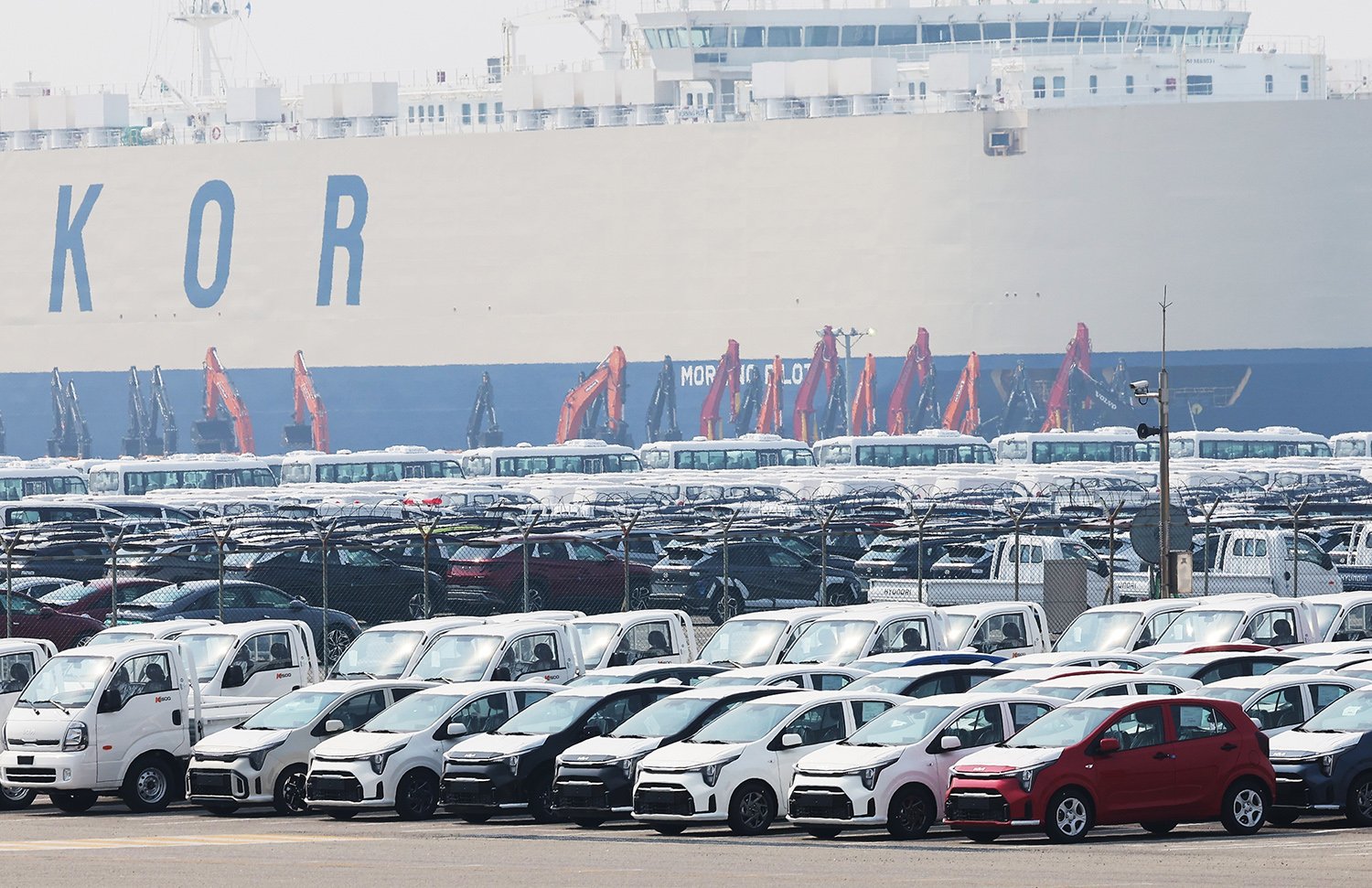
Looking back at Korea's economic development path
From the early 1960s to the late 20th century: Developmentism led by the state and large economic groups.
To achieve remarkable economic development, South Korea had to go through a history of development with many ups and downs. After the Korean War (1950-1953), although South Korea maintained its political independence, economically, the country had to face many difficulties, such as backward science and technology foundation, poor production and education levels, heavy devastation of war,...
Entering the 1960s, South Korea began to make rapid progress. President Park Chung-hee's rise to power in 1961 was considered the starting point for the country's remarkable development. During the period 1961 - 1979, President Park Chung-hee's administration made a particularly important contribution to the overall miracle of the South Korean economy. Subsequent administrations consistently maintained the aspiration and efforts to rise towards developmentism, helping South Korea achieve upper middle-income status from the second half of the 1970s and become a developed, high-income country from 1995 onwards.
Generalized by many different names (4) , the development path that Korea pursued during this period took place at a "miraculous" speed through many different policies, most notably the 5-year Economic Plans proposed by the government during the period 1962-1995, with the following general content:
The first five-year plan (1962-1966) aimed to focus on the textile industry, helping Korea become self-sufficient with typical policies, such as nationalizing all commercial banks and allowing the banking system to control credit; providing low-interest loans to businesses; and encouraging the development of light industry to serve exports.
The Second Five-Year Plan (1967-1971) shifted to heavy industry, attracting FDI and improving basic infrastructure. Typical policies were to modernize the industrial structure, develop alternative industries, steel, machinery, and chemical industries.
The Third Five-Year Plan (1972-1976) was export-oriented, focused on underdeveloped areas, and emphasized heavy chemical industry with typical policies, such as promoting the iron and steel, transportation, consumer electronics, shipbuilding, and petrochemical industries; providing raw materials and capital for new industries; and developing new industries in the south of the country.
The Fourth Five-Year Plan (1977-1981) oriented the development of competitive industries in the world industrial export market with typical policies, such as focusing on industries requiring high technology and skilled labor, such as machine building, electronics and shipbuilding; continuing to focus on large-scale chemical and heavy industries, such as iron, steel, petrochemicals and non-ferrous metals.
The Fifth Five-Year Plan (1982-1986) aimed to shift the focus from heavy and chemical industries to high-tech industries. This plan focused on the production of high-tech products requiring high precision, such as mechanical processing, telecommunications equipment, etc.
The Sixth Five-Year Plan (1987-1991) continued to promote the shift to high-tech industries. During this period, Korea accelerated import liberalization by eliminating many restrictions and non-tariff barriers to imports.
The Seventh Five-Year Plan (1992-1995) created an important momentum for Korea to catch up with the world's development trends in typical high-tech industries, such as microelectronics, refined chemicals, new materials, biotechnology, optics, aerospace, etc. Cooperation between the state and enterprises helped to widely develop spearhead industries in many provinces and cities across Korea (5) .
The Korean five-year plans demonstrate the enormous role of the state in initiating and pursuing developmentalism. In the Korean developmental state model, the state created and unilaterally led a “master plan” independent of private sector investment (6) .
Overall, the years 1961-1996 witnessed the development of the Korean economy mainly based on the growth type 1 led by industrialization, characterized by capital intensity (the capital utilization ratio (7) increased 4.4 times, while total factor productivity increased 1.9 times during the whole process). However, with Korea increasingly focusing on the development of heavy industry (from the 1970s of the 20th century) and high-tech industry (from the 1980s), it continuously witnessed periods (typically the periods 1968-1976, 1980-1988, 1990-1996) with the parallel increase of both the capital utilization ratio and total factor productivity following the growth type 4 . This shows the rapid transformation of the Korean economy towards productivity-based growth, in which the contribution of total factor productivity and capital efficiency are increasingly higher, creating a key driving force to help Korea surpass the middle-income level and become a high-income economy since 1995 (8) .
To achieve such a rapid and decisive transformation, along with the state's role as a facilitator, developmentalism in Korea during this period was also characterized by "less emphasis on small and medium-sized enterprises, instead focusing capital on large corporations" (9) , among which the world-famous and the pride of Korea include Samsung, Hyundai, LG, Lotte, Kia,...
From the end of the 20th century to the present: New developmental stateism in the context of globalization.
After becoming a high-income country in 1995, the Korean economy soon faced the Asian financial crisis in 1997. Faced with the severe devastation of the crisis, Korea's previous developmentalism proved to be no longer suitable, requiring the country to continue to transform its model to overcome the crisis and continue to rise. This new model can be called the new developmental stateism, which clearly defines the next development direction of Korea in the face of the irreversible trend of globalization.
In the public sector, along with gradually reducing intervention in the operation of the economy (especially the financial sector), the Korean government has focused on investing heavily in the field of research and development as well as improving the quality of human resources (10) . Since the late 1990s, the Korean government has shifted its policy priority from supporting large corporations in the past to focusing on research and development. With this new direction, Korea has been very successful in innovating the domestic production system. The country has gradually built a strong industrial innovation ecosystem, including both the national formal innovation network as well as the informal innovation network between private sector enterprises and research institutions, creating a synergy for the entire innovation ecosystem (11) .
In the private sector, benefiting from the policy of promoting domestic research and development, large Korean corporations have gradually overcome difficulties when they first joined globalization in the context of many competitors in the world having a fairly stable network of international partners. Thanks to the government's efforts in promoting innovation of small and medium enterprises and developing the domestic industrial ecosystem, Korean multinational companies have gradually built a successful global production network based on close cooperation with reliable partners (contractors, spare parts manufacturers, etc.) in the domestic market. On the other hand, along with improving management efficiency, Korean enterprises also invest a significant portion of their profits in research and development. This resonates with the government's overall efforts, making Korea one of the developed economies that invests the most in research and development in relation to GDP size. Statistics show that Korea's spending on research and development compared to GDP was only about 1.7% until 1991, but increased to 4.3% in 2014, the highest among OECD countries. This figure increased to 4.83% in 2018 (second in the world after Israel) (12) and continued to reach 4.93% by 2021 (13) .
The dominant role of the industrialization-led growth type 1 of the previous period, after gradually transforming the model and overcoming the financial crisis in 1997, the Korean economy has generally been consistently moving up in the growth type 4 since 2000. This demonstrates the drastic transformation of the country's economy towards productivity-based growth with the contribution of total factor productivity accounting for the majority of the overall success of the economy (14) . "Korea has succeeded in enhancing domestic innovation capacity and international competitiveness based on the new developmental state with an emphasis on mutual learning and enhancing innovation capacity through a comprehensive cooperation network" (15) . Instead of being complacent with the success of the previous period, Korea's new developmentalism continued to take advantage of the opportunities opened up by the 1997 crisis to make a fundamental change in the development path, successfully shifting to a knowledge-based creative economy.
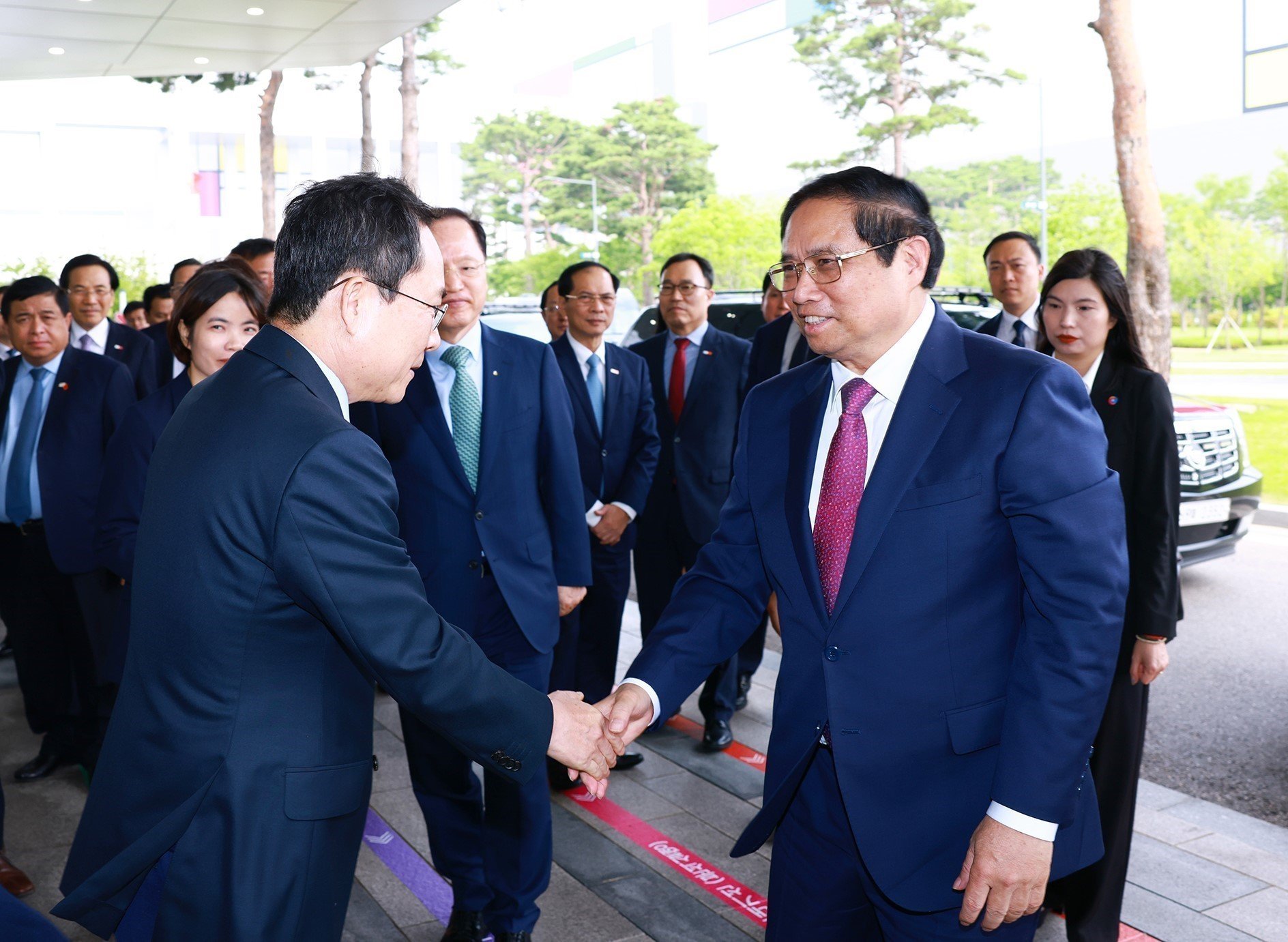
Some policy implications for creating remarkable economic growth
Korea's experience in remarkable economic development is worth studying and learning about for many other countries in many aspects, such as the leading and creative role of the state and large economic corporations of the country, and the shaping of national development through each 5-year plan.
First , in terms of experience in escaping the middle-income trap, Korea is a typical case of successfully implementing the 3i Strategy of Investment , Infusion and Innovation , helping the economy successfully transition from low-income to high-income. Accordingly, in the early stages of development of low-income countries, growth is stimulated through investment promotion. When a country reaches the middle-income stage, expanding investment alone is not enough to continue growth, it is necessary to improve productivity through the infusion of foreign technology into the domestic economy. Then, to achieve high income along with improved productivity and sustainable economic growth, innovation in technology and many key aspects of the economy is a paramount requirement (16) .
Korea has effectively implemented this 3i Strategy (although the names of specific policies may be expressed differently) to increase GNI per capita from $120 in 1962 to $11,820 in 1995 and $33,490 by the end of 2023 (17) . Since the 1960s, Korea has expanded infrastructure investment through financial market liberalization, attracting foreign capital (corresponding to the Investment factor), followed by improving productivity efficiency by adopting foreign technology (corresponding to the Mix factor), and then focusing investment on research and development, education, promoting competitive markets, and supporting domestic enterprises (corresponding to the Innovation factor). Korea's experience shows that to create a breakthrough in economic development, there needs to be a breakthrough in science and technology development, innovation, digital transformation, creating a leading and creative role for the state and large economic corporations of the country, developing the public and private sectors...
Second , the close and consistent combination of the state's leading role with the dynamism, growth, and constant innovation of the private sector in creating breakthrough development momentum in economies with a low starting point is clearly demonstrated in the case of Korea. Both before and after becoming a high-income economy in 1995, Korea consistently pursued state-led developmentism with adaptive adjustments depending on the context of each period. In particular, to surpass the average income level, since the second half of the 1980s, Korea's policies have played a particularly important role. Along with that, Korea's private sector has also continuously grown in both breadth and depth towards increasing the contribution of total factor productivity, creating balanced and strong growth for the economy. Thus, “Korea's growth in the scale of research and development expenditure reflects the government's policy orientation in establishing an innovation-based industrial system... Korea's domestic manufacturing innovation capabilities have been strengthened and continuously recreated rather than lost in the process of globalization, thanks to the state's efforts to strengthen industrial capacity and the adaptation of private sector actors to the state's implementation” (18) .
Third, from the experience of Korea, many challenges need to be addressed for a developing country to achieve remarkable economic growth, overcome the middle-income trap to become a high-income country, such as harmonizing the relationship between the state and large corporations, transnational corporations, handling cronyism, major issues, such as population aging, creating motivation, resolving well the relationship between the state, market, society... This requires breakthrough policies, streamlined organization, effective and efficient operation, innovation, improving national competitiveness.../.
-------------
(1) See: Kim Yong Kyun: “Political Structure and Characteristics of Economic Development in Vietnam”, in: 2024 Kim Yong Kyun: “Political Structure and Characteristics of Economic Development in Vietnam”, in Seoul National University - School of Social Sciences Social Sciences and Humanities, Vietnam National University, Hanoi), Seoul, 2024, p. 239
(2) Tran Van Tho: “The Middle-Income Trap: Issues for Members of the Association of Southeast Asian Nations”, Asian Development Bank Asian Development Bank, May 2013 ,, http://www.adbi.org/working-paper/2013/05/16/5667.middle.income.trap.issues.asean/
(3) Hee Gab Choi: “Status of South Korea's Economy: A Middle-income or a High-income Country?”, EAF Policy Debates , Vol. 126, 2019, p. 3
(4) Such as statist developmentalism, mixed capitalism, guided capitalism, export-led industrialization,...
(5) Nguyen Minh Trang: “The Middle Income Trap: A Case Study of Korea and Lesson for Vietnam”, VNU Journal of Science: Policy and Management Studies, Vol. 37, No. 2 (2021), p. 96
(6) Hyeong-ki Kwon: Openness and Coordination: National Economies of the US, Japan, and Germany in a Globalized World, Palgrave Macmillan, Singapore, 2024, p. 128
(7) The capital utilization ratio is also known as the growth investment ratio or the ratio of capital to additional output.
(8) 김용균: “베트남의 정치구조와 경제발전의 성격”, printed: 2024 Kim Yong Kyun: “Political structure and economic development characteristics in Vietnam”, in: Global Future Strategic Management Program 2024 in Vietnam , ibid ., p. 239
(9) Hyeong-ki Kwon: Openness and Coordination: National Economies of the US, Japan , and Germany in a Globalized World, ibid ., p. 261
(10) Kim Yong Kyun: “Political structure and characteristics of economic development in Vietnam”, in: Global Future Strategic Management Program 2024 in Vietnam , ibid ., p. 240
(11) Hyeong-ki Kwon: Openness and Coordination: National Economies of the US, Japan, and Germany in a Globalized World, ibid ., pp. 150 – 152
(12) Statistics & Data: “Top Countries by Research and Development Expenditure - 1996/2019”, Statistics & Data , 2019, https://statisticsanddata.org/data/top-countries-by-research-and-development-expenditure/
(13) Hyeong-ki Kwon: Openness and Coordination: National Economies of the US, Japan, and Germany in a Globalized World, ibid ., p. 66
(14) See: Kim Yong Kyun: “Political structure and characteristics of economic development in Vietnam”, in: Global Future Strategic Management Program 2024 in Vietnam , ibid ., p. 239
(15) Hyeong-ki Kwon: Openness and Coordination: National Economies of the US, Japan, and Germany in a Globalized World, ibid ., p. 261
(16) Development Finance Bureau - Development Finance Division: “WB Releases 'World Development Report 2024: The Middle-Income Trap'”, ROK Ministry of Economy and Finance , August 1, 2024, https://english.moef.go.kr/pc/selectTbPressCenterDtl.do?boardCd=N0001&seq=5932
(17) World Bank: “GNI per capita, Atlas method (current US$) - Korea, Rep.”, World Bank Group , 2025, https://data.worldbank.org/indicator/NY.GNP.PCAP.CD?locations=KR
(18) Hyeong-ki Kwon: Openness and Coordination: National Economies of the US, Japan, and Germany in a Globalized World, ibid ., pp. 151 - 152
Source: https://tapchicongsan.org.vn/web/guest/the-gioi-van-de-su-kien/-/2018/1109702/con-duong-troi-day-kinh-te-cua-han-quoc---mot-so-van-de-goi-mo-tu-phuong-dien-chinh-sach.aspx


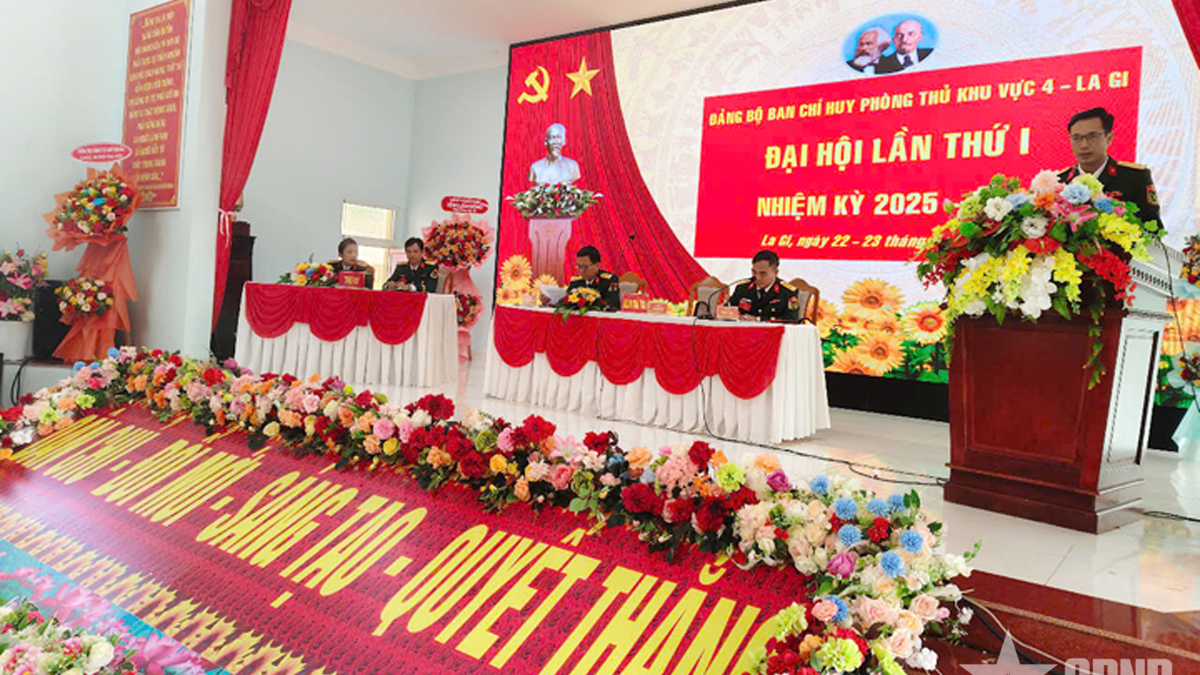
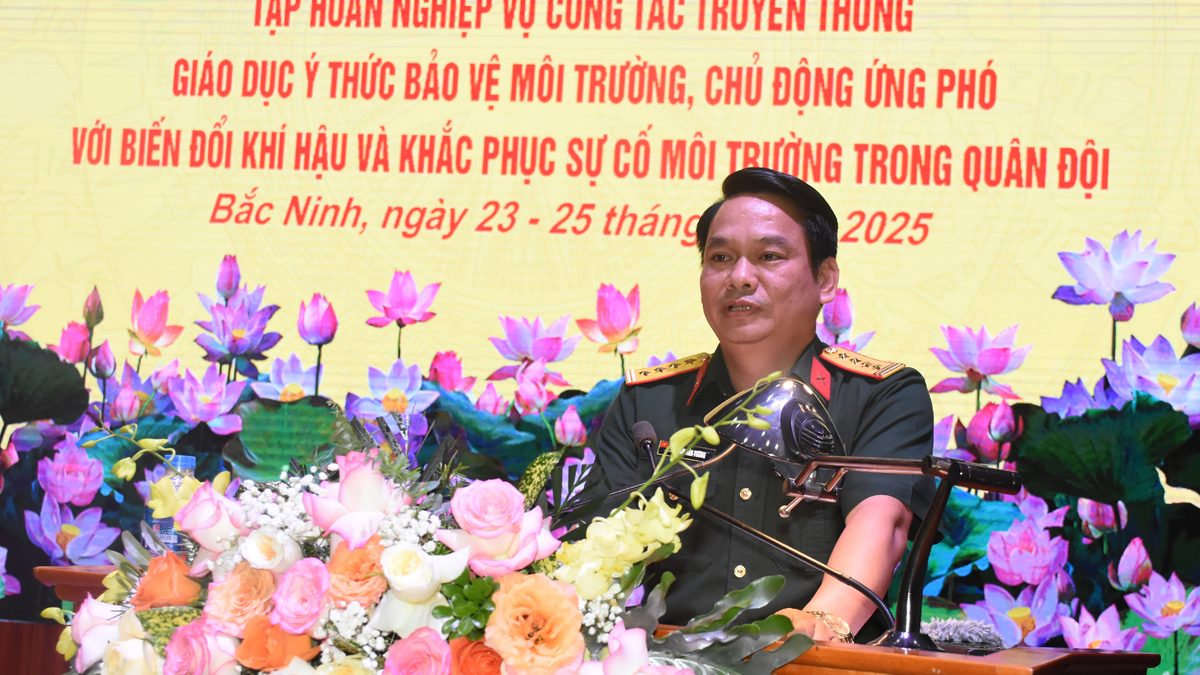
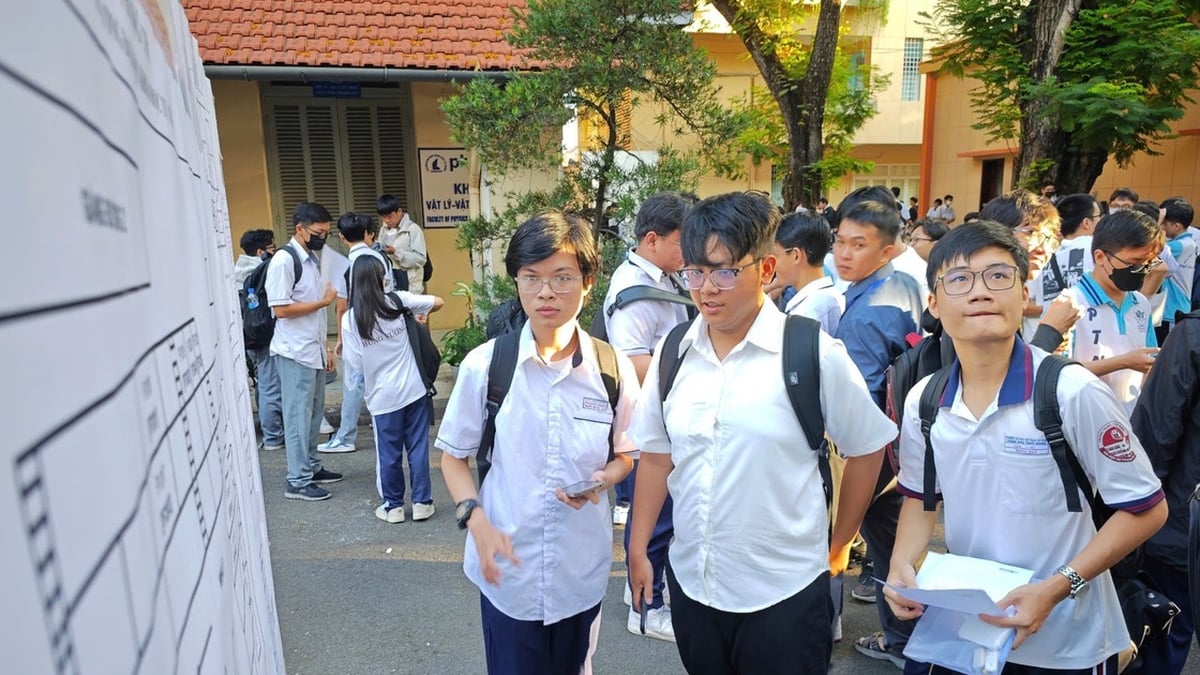
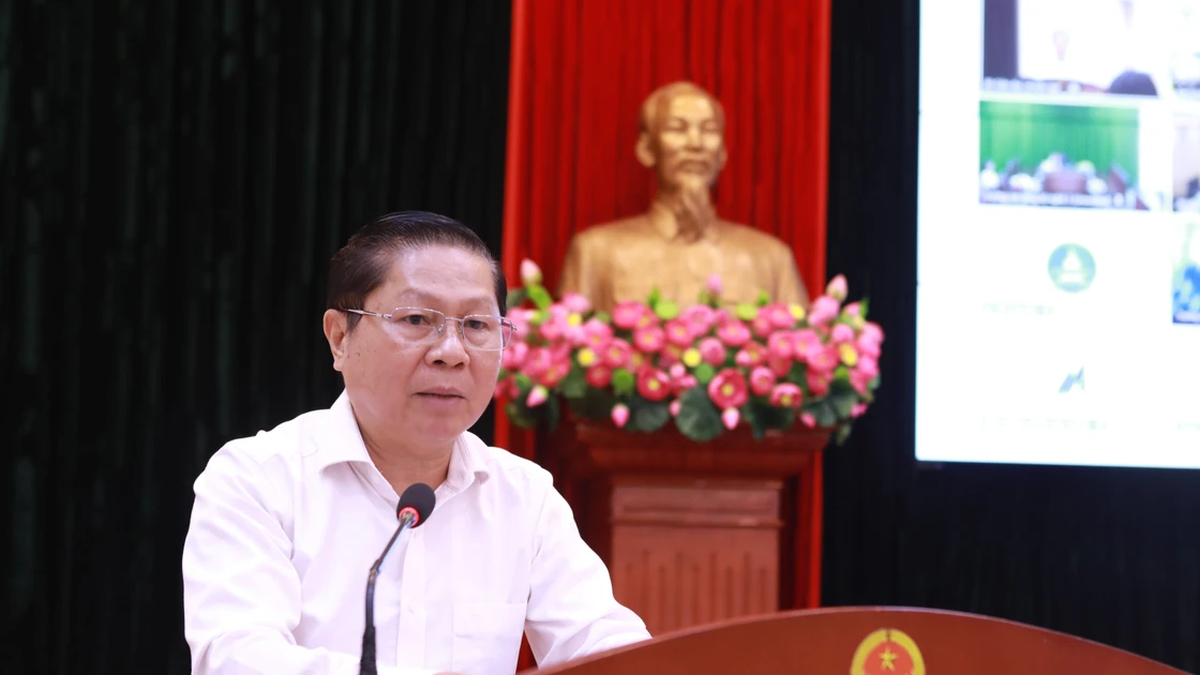

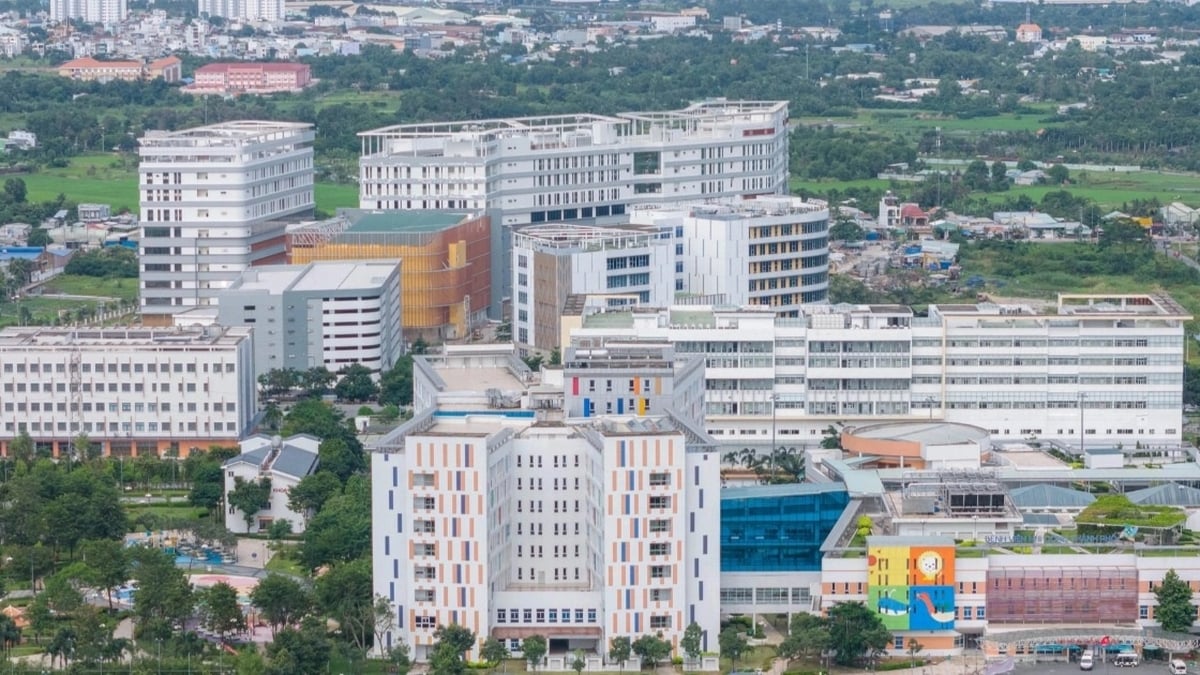



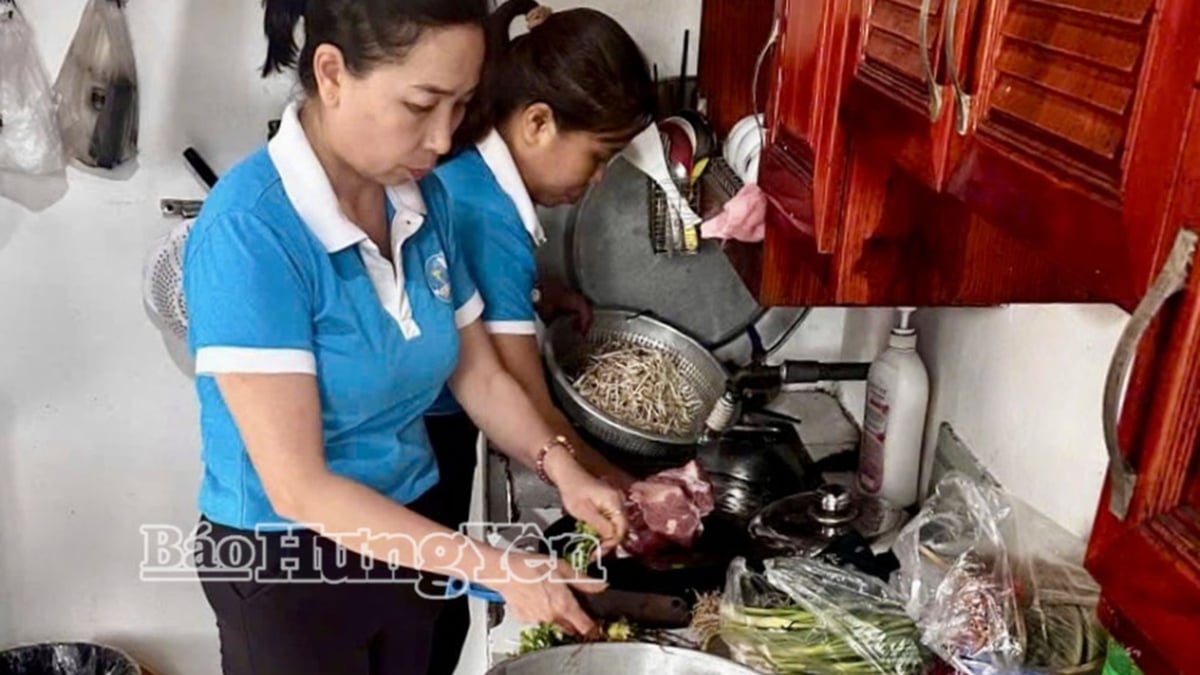




















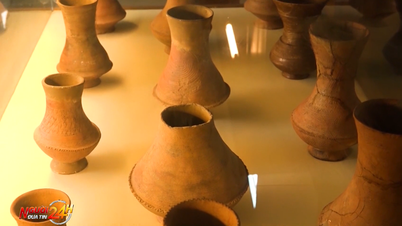

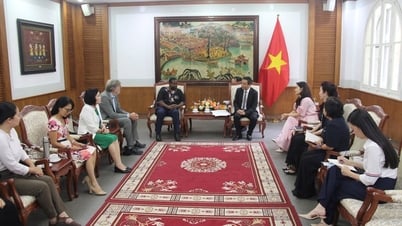


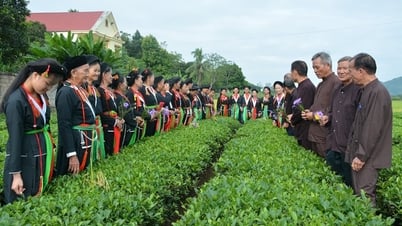

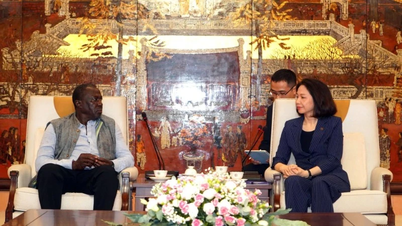


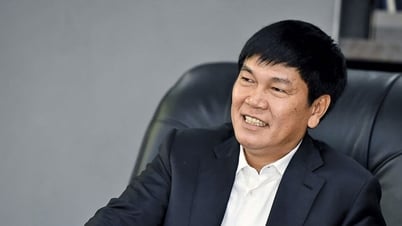







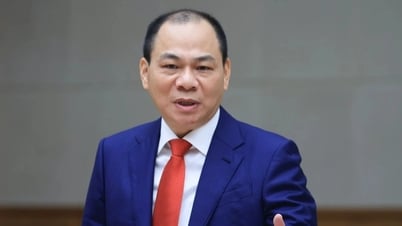

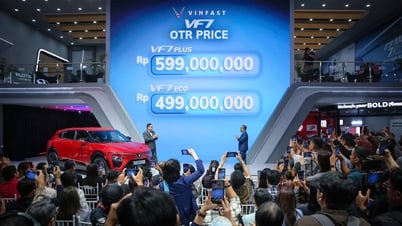

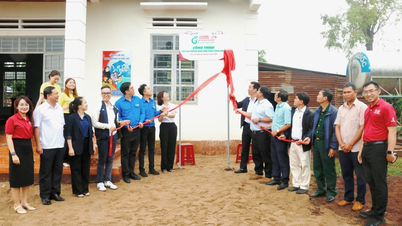

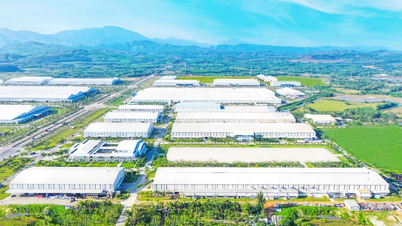
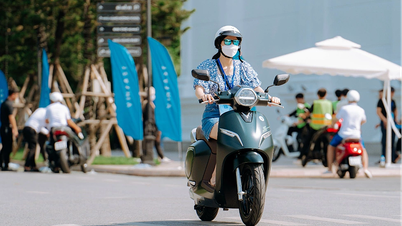



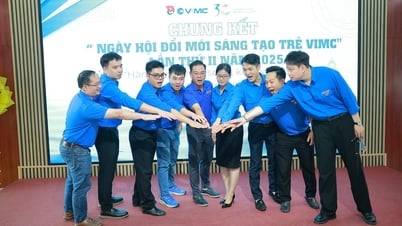




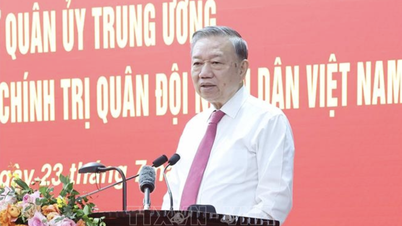

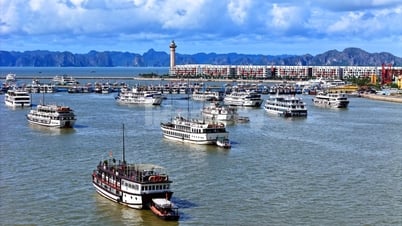






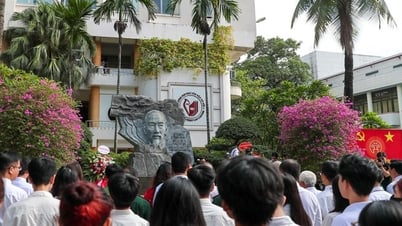

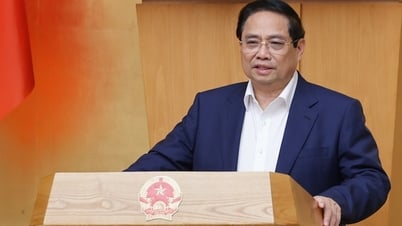
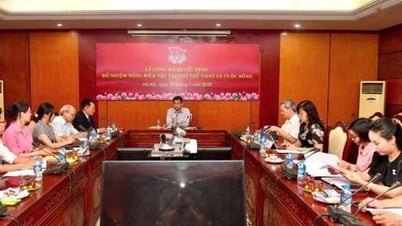
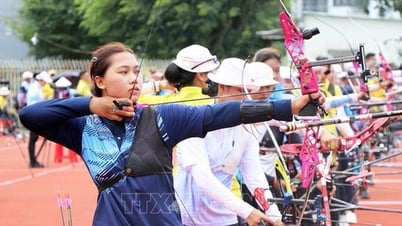
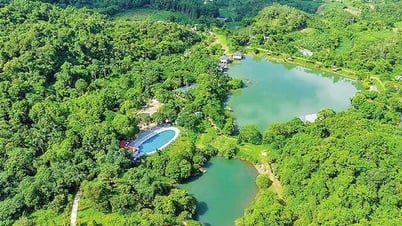







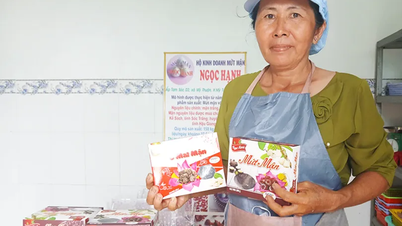





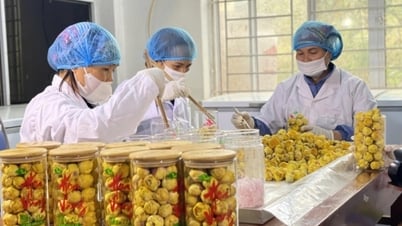









Comment (0)